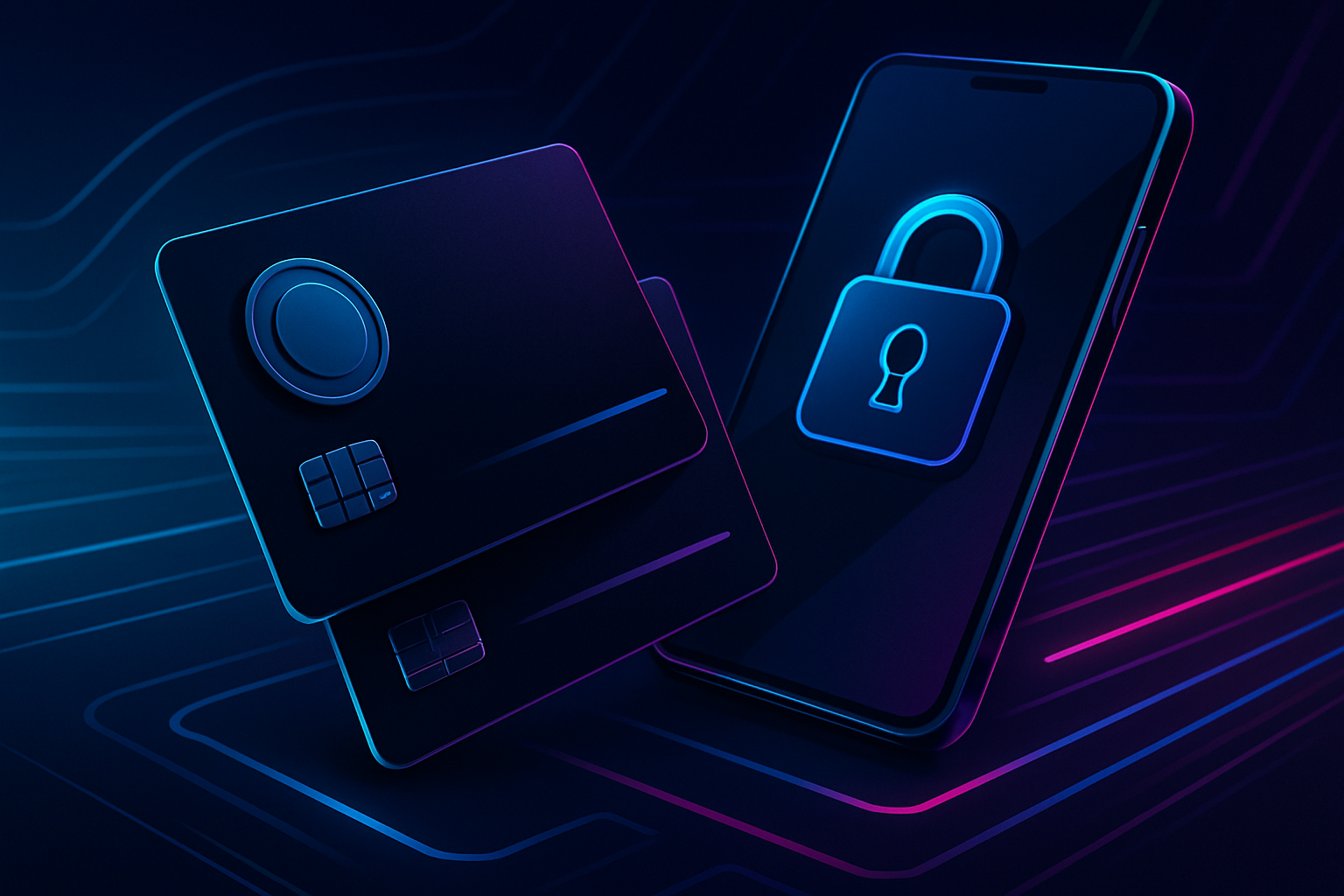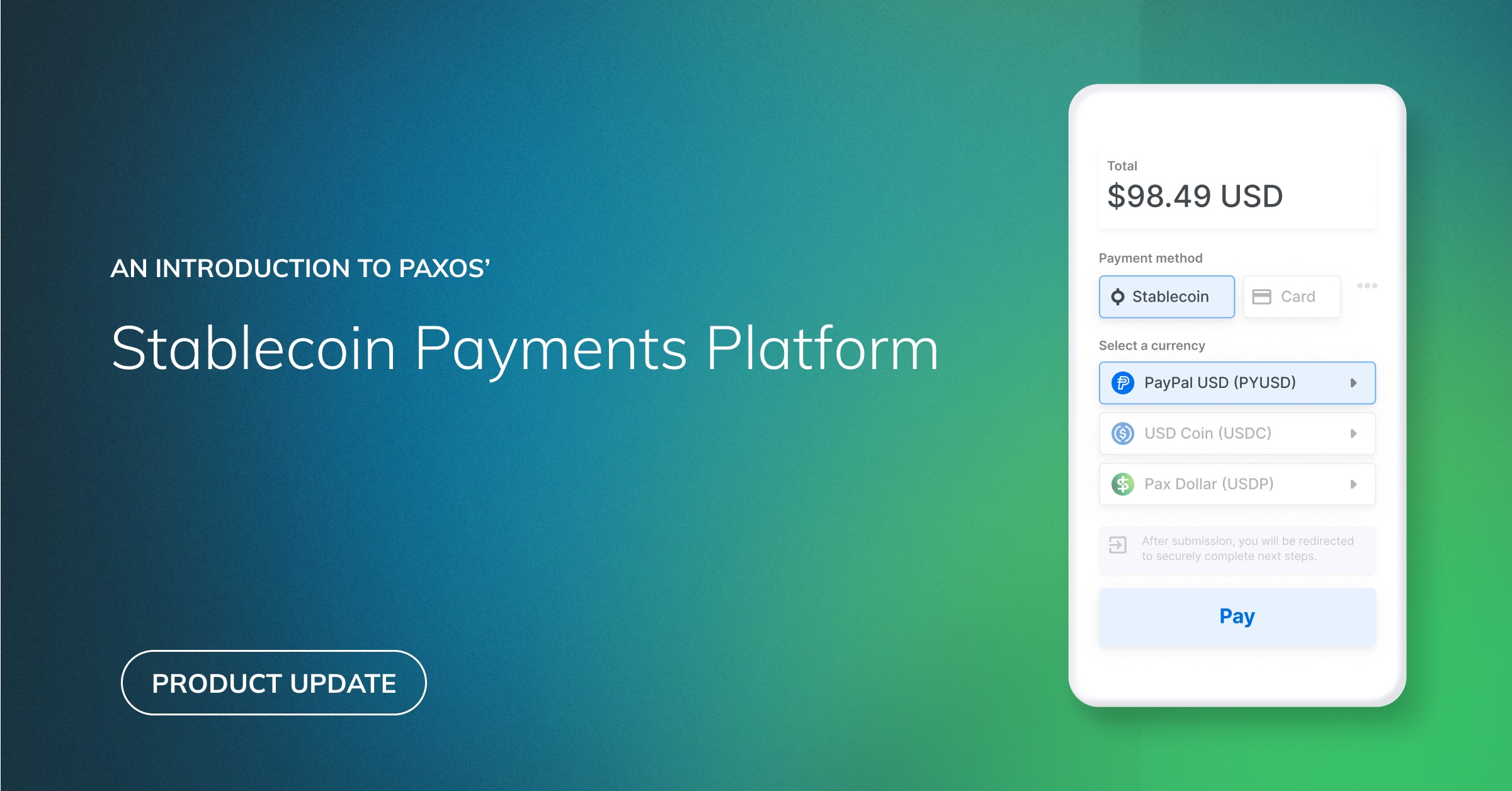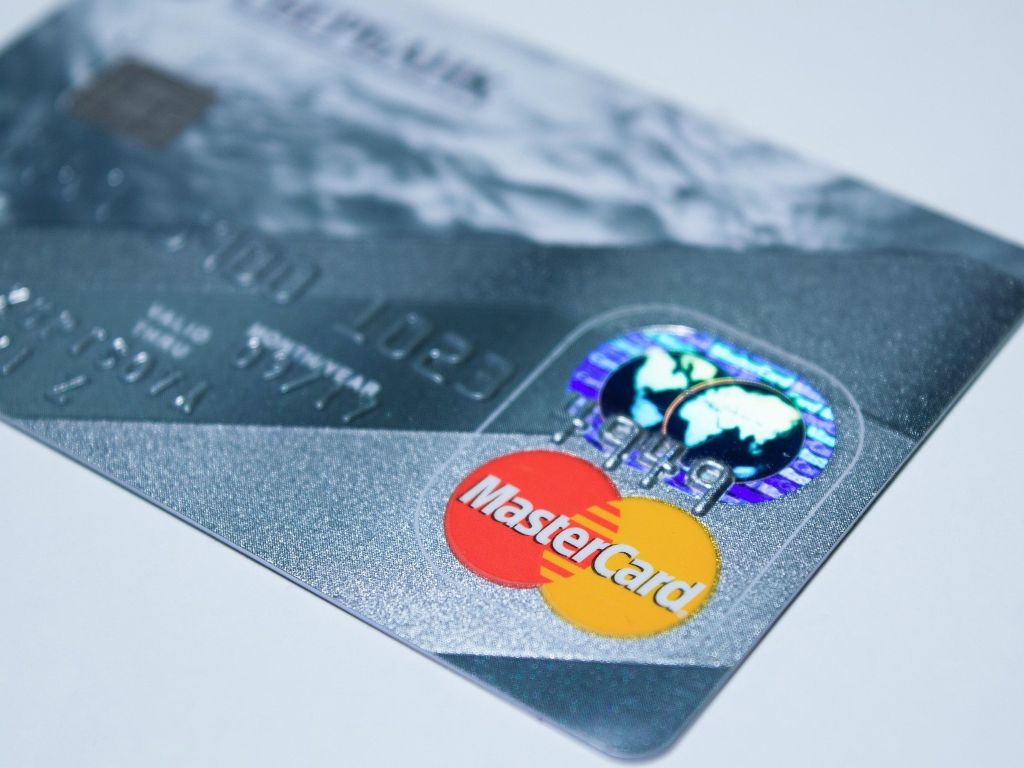
Imagine sending money to a friend overseas, paying for services in another continent, or shopping online from anywhere in the world, all within seconds, with minimal fees and without exposing your personal data. This isn’t a vision of the future; it’s the reality enabled by stablecoin cards in 2024. As stablecoins become the backbone of next-generation payments infrastructure, these cards are reshaping how we move value across borders, combining the reliability of fiat currencies with blockchain’s speed and privacy.

Why Stablecoin Cards Are a Game-Changer for Global Payments
Stablecoin cards function much like traditional debit or credit cards but are linked directly to your stablecoin balance, think USDT or USDC, rather than a bank account. When you make a purchase, your digital wallet deducts the equivalent amount of stablecoins and seamlessly settles the transaction with the merchant in their local currency. Thanks to partnerships between major payment networks like Visa and Mastercard and fintech innovators, these cards are now accepted at millions of merchants worldwide.
This leap in payment technology is more than just convenience. It represents a fundamental shift away from slow, expensive remittance systems and intrusive financial surveillance. Unlike conventional banking rails that can take days and demand extensive personal information, stablecoin transactions settle near-instantly on-chain and require far less data sharing.
Top Benefits of Using Stablecoin Cards
-

Instant Global Transactions: Stablecoin cards process payments on blockchain networks, enabling near-instant settlement—even for cross-border purchases—compared to the days-long delays of traditional banking. (Source: bobsguide.com)
-

Lower Transaction Fees: By bypassing traditional financial intermediaries, stablecoin card payments typically incur significantly lower fees for both consumers and merchants, making them ideal for international purchases. (Source: chargeweb3.com)
-

Global Accessibility Without Currency Conversion: Users can spend stablecoins like USDC or USDT worldwide, avoiding currency conversion fees and exchange rate risks, as stablecoins maintain a stable value relative to fiat currencies. (Source: FXC Intelligence)
-

Enhanced Privacy and Security: Stablecoin card transactions on blockchain networks minimize the sharing of sensitive personal information, offering greater privacy than many traditional payment methods. (Source: a16z crypto)
-

Seamless Integration with Major Payment Networks: Leading stablecoin cards are supported by global networks like Visa and Mastercard, allowing users to spend stablecoins at millions of merchants worldwide. (Source: grstad.com)
-

24/7 Availability: Unlike traditional banking systems, stablecoin card payments can be made at any time, including weekends and holidays, supporting true financial flexibility. (Source: TokenPocket)
The Mechanics Behind Private Payments With Stablecoins
What makes private payments with stablecoins so compelling? At their core, stablecoins are tokenized representations of fiat deposits held one-to-one by trusted issuers (McKinsey and Company). When you use an anonymous crypto card, your transaction flows through blockchain rails rather than legacy banking systems. This means:
- No need to share sensitive banking details with every merchant or intermediary.
- Transactions can be pseudonymous or fully anonymous depending on card provider and network used.
- You retain control over your financial footprint, ideal for privacy advocates and those living under restrictive regimes.
The privacy advantage is not just theoretical; it’s being realized today as platforms like Stripe process stablecoin payments from over 120 countries while investing further in secure wallet tech (solanacompass.com).
The Rise of On/Off-Ramp Stablecoin Services
The true power of stablecoin cards is unlocked when paired with robust on/off-ramp services. These services allow users to convert between crypto assets (like Bitcoin or Ethereum) and fiat currencies via stablecoins, without cumbersome KYC procedures or long settlement delays. The result? You can load your stablecoin Visa card, spend globally, then off-ramp into local currency when needed, all while maintaining speed, cost-efficiency, and privacy.
This ecosystem is rapidly expanding thanks to major industry moves:
- Visa’s expansion: In April 2025, Visa partnered with Bridge (Stripe subsidiary) to launch stablecoin-linked Visa cards across Latin America, enabling spending at over 100 million merchants (grstad.com).
- Mastercard’s initiatives: Mastercard now supports direct spending from users’ stablecoin balances at more than 150 million locations globally.
- Stripe’s financial accounts: Businesses can hold dollar-denominated stablecoins in over 100 countries without opening foreign bank accounts (solanacompass.com).
This new paradigm offers flexibility for digital nomads, freelancers paid internationally, businesses settling cross-border invoices, and anyone who values fast private access to their funds.
Yet, as stablecoin cards and on/off-ramp stablecoin services gain traction, it’s crucial to understand the evolving landscape of privacy, security, and regulation. The anonymity offered by an anonymous crypto card or a USDT card for global payments is only as strong as the platform’s compliance measures and the jurisdictions in which you operate. While many providers allow pseudonymous use, others may require identity verification under new regulatory frameworks like the GENIUS Act in the US or MiCA in the EU. Staying informed about these changes is essential for anyone seeking true privacy with their digital assets.
Security and Regulatory Considerations
The security of your funds on a stablecoin card depends on both the underlying blockchain protocols and the stability of the issuing institution. Most leading cards use robust cryptographic standards to protect transactions, but users should always enable multi-factor authentication and maintain secure wallet practices. Moreover, with regulators zeroing in on stablecoins as they become a core payment rail (help.tpwallet.io), expect ongoing updates to KYC/AML requirements and reporting standards.
It’s worth noting that not all stablecoins are created equal: some are fully backed by fiat reserves held at regulated banks, while others use algorithmic mechanisms that may carry additional risks. Always choose reputable issuers with transparent audits when selecting your stablecoin card provider.
Who Benefits Most From Stablecoin Cards?
The impact of private payments with stablecoins is especially profound for certain groups:
- Remote workers and freelancers: Receive payments instantly from clients worldwide without waiting days for wire transfers or losing money to hidden fees.
- Migrants and expats: Send remittances home quickly and privately, bypassing high-cost remittance corridors.
- E-commerce shoppers: Buy from global merchants without worrying about currency conversion fees or exposing sensitive banking details.
- Privacy advocates and digital nomads: Retain control over your financial footprint while enjoying true borderless spending power.
What’s Next for Stablecoin Cards?
The future looks bright for those embracing this new paradigm of digital payments. As more merchants adopt direct stablecoin acceptance and as interoperability between blockchains improves, we’ll see even faster settlements, lower costs, and greater privacy options. Initiatives like Mastercard’s push for cross-chain compatibility and Stripe’s expansion into emerging markets point toward a world where sending money privately across borders will be as easy as sending an email.
The bottom line? Whether you’re seeking speed, cost savings, or enhanced financial privacy, stablecoin cards offer a practical solution that bridges traditional finance with the open possibilities of crypto. As adoption accelerates into 2025 and beyond, staying informed about best practices – from choosing trusted issuers to understanding regulatory shifts – will ensure you maximize both freedom and security in your global transactions.






